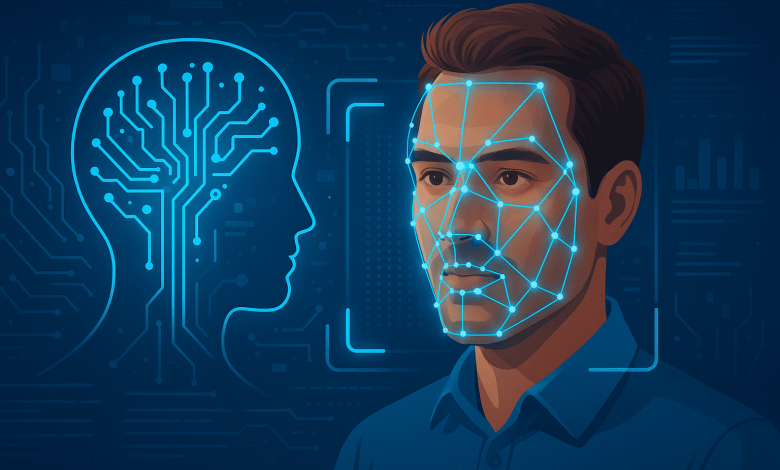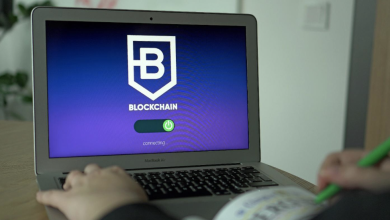
Exploring How AI Transforms Modern Face Liveness SDK Solutions
In the past, proving you’re really you online felt like waving at a camera and hoping the system trusted you. Today, artificial intelligence has turned that awkward process into a smooth and reliable identity check. The face liveness SDK is the quiet force behind this shift. It makes sure the face on screen belongs to a living, breathing person, not a printed photo, replayed video, or digital clone.
Let’s take a closer look at how AI reshapes this technology and why so many businesses are relying on it for safer, faster authentication.
Understanding What a Face Liveness SDK Really Does
A face liveness SDK (Software Development Kit) helps developers add facial verification to apps and devices. Its main goal is simple but powerful: tell the difference between a real human and an imitation attempt.
It doesn’t just detect a face. It studies micro-movements, skin texture, and how light bounces off natural skin. Imagine it as a digital detective that can sense the difference between a living person and a still picture pretending to be one.
These SDKs use machine learning and deep neural networks trained on huge image datasets. The AI learns to recognize tiny patterns, like how eyes blink or how depth appears on a genuine face.
According to the NIST Face Recognition Vendor Test (FRVT), the top-performing algorithms now reach near-human accuracy in spotting spoof attempts.
How AI Has Elevated Face Liveness Detection
Artificial Intelligence has changed face liveness detection by allowing SDKs to think instead of just following fixed rules. Before AI, older systems used basic logic like “eyes must blink once.” Hackers quickly learned to trick them with video loops or photos.
AI reversed that weakness. Now, deep learning models constantly learn, adapt, and improve. Each face they analyze teaches them something new. This evolution makes modern systems sharper at catching fake attempts. Here’s how AI boosts liveness detection today:
- 3D Depth Sensing: AI maps facial structure in real time, confirming the presence of genuine depth.
- Texture Analysis: Deep learning identifies the reflection patterns of real skin, rejecting flat or pixelated images.
- Behavioral Biometrics: AI studies natural human motions such as tiny muscle twitches or blinks.
- Continuous Learning: Systems update themselves from new data, staying one step ahead of fraudsters.
Reports from FRVT 1:1 show that AI-based solutions have drastically lowered false acceptance rates. In other words, fewer fake users sneak past the system.
Why Businesses Are Adopting AI-Powered Liveness SDKs
Across industries, companies are turning to AI-driven liveness detection because trust has become a business asset. When customers log in, verify their identity, or access sensitive data, organizations must know they’re dealing with the right person.
Here’s why businesses are embracing it:
- Improved Security: It blocks spoofing attacks that rely on photos, masks, or video replays.
- Better User Experience: Quick scans save users from long verification steps or passwords.
- Regulatory Alignment: It supports compliance with strict KYC and AML identity laws.
- Flexible Integration: SDKs work easily across mobile apps, browsers, and kiosks.
In a world of remote onboarding and digital accounts, these advantages protect both users and companies. The strength of an organization’s identity system now often depends on the intelligence of its liveness detection.
Balancing AI Innovation and Privacy Compliance
AI-driven verification brings convenience, but it also raises questions about privacy. People often ask, “Where is my facial data stored?” or “Who can see it?”
This is where frameworks like the GDPR (General Data Protection Regulation) play a vital role. They set clear rules for handling biometric data, requiring transparency, consent, and limited retention. A responsible face liveness SDK must follow these principles.
Developers now favor on-device processing, which keeps data on the user’s phone instead of sending it to external servers. Encryption, anonymization, and privacy-first designs are becoming standard. Ethical AI ensures that while systems stay secure, users also stay comfortable with how their data is treated.
As one expert joked, “Liveness detection should keep imposters out, not make users nervous.”
Real-World Case Studies of AI in Face Liveness SDKs
Here are some examples showing how AI-based liveness SDKs are working in real life:
1. Digital Banking Security
A European bank cut fraud attempts by 96% after using AI-powered liveness checks. Customers could open accounts in minutes using their phone cameras, while fake identities were immediately rejected.
2. Government Identity Systems
Several Asian governments have integrated liveness SDKs into national identity verification programs. Millions of citizens now authenticate remotely while staying compliant with local privacy laws.
3. Healthcare Authentication
Hospitals are using AI liveness verification to confirm patient identity during telemedicine sessions. This ensures that sensitive medical data remains private and linked to the right person.
These examples show that AI doesn’t just make verification faster. It makes it smarter, safer, and more reliable.
Best Practices for Implementing a Face Liveness SDK
When integrating a face liveness SDK, certain steps ensure both strong security and a positive user experience:
- Audit Accuracy Regularly: Evaluate system performance using benchmarks like NIST FRVT.
- Prioritize Ease of Use: Keep user steps minimal for better adoption.
- Respect Privacy Laws: Follow GDPR guidelines and store biometric data responsibly.
- Train Models Continuously: AI should evolve to counter new types of spoofing.
- Test on Multiple Devices: Cameras vary in quality, so systems should adapt smoothly.
The best security often feels invisible. When users don’t notice the technology but still feel safe, that’s when the SDK is doing its job perfectly.
The Future of AI in Liveness Detection
The next generation of liveness detection will likely rely on passive authentication. Users won’t have to blink or move deliberately. The AI will verify them silently through subtle visual cues.
Some upcoming trends include:
- Passive Liveness Detection: Runs automatically without user effort.
- Edge AI Processing: Keeping data local for faster and more private verification.
- Anti-Deepfake Algorithms: Designed to spot even AI-generated facial forgeries.
Innovators from open-source communities, like Recognito Vision GitHub, are driving these changes. Their research is making AI systems more transparent and explainable, showing not just what result they reached, but why.
Conclusion: AI’s Human Touch in Face Liveness SDKs
Artificial Intelligence didn’t just automate facial verification. It made it more natural and human-centered.
Users no longer feel like they’re performing for the camera. They simply glance, and the system does the rest. With strong privacy standards, evolving algorithms, and open collaboration through tools like the Recognito face biometric playground, the technology continues to grow in both intelligence and trustworthiness.
As Recognito leads the charge in AI-based biometric innovation, one thing is clear: the future of identity verification feels more secure, more human, and far more intelligent.



